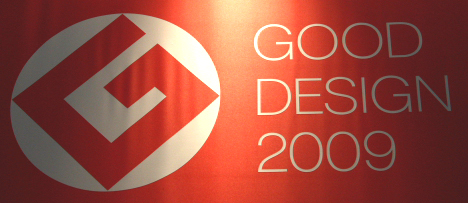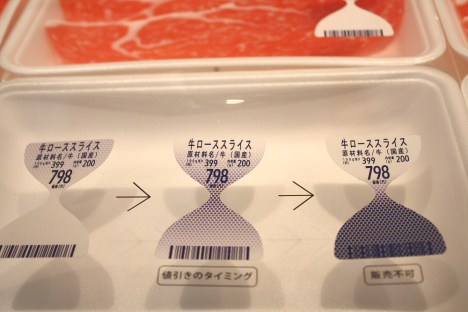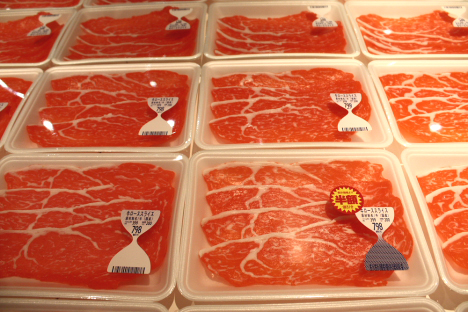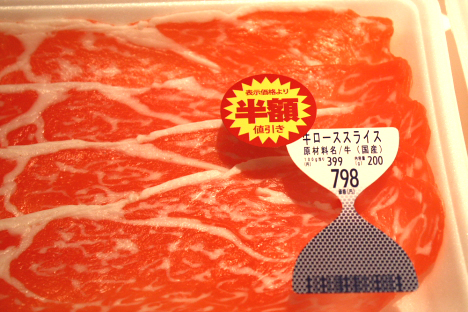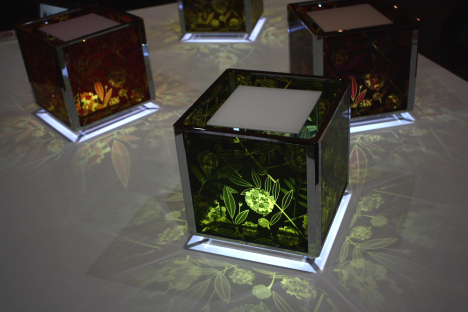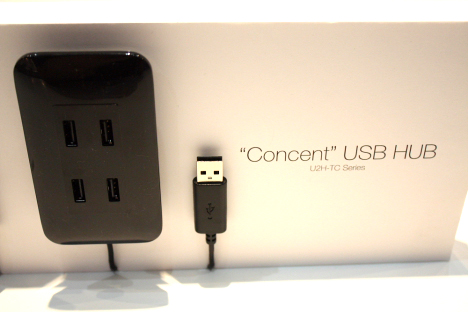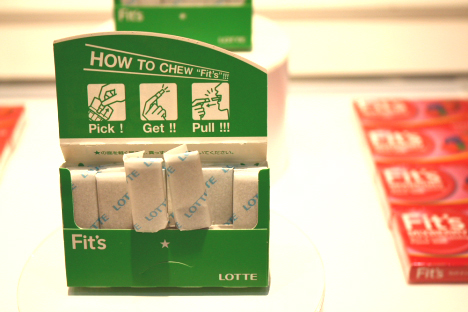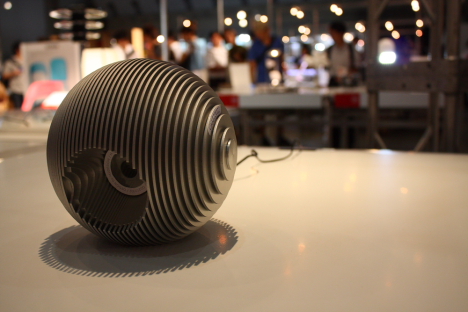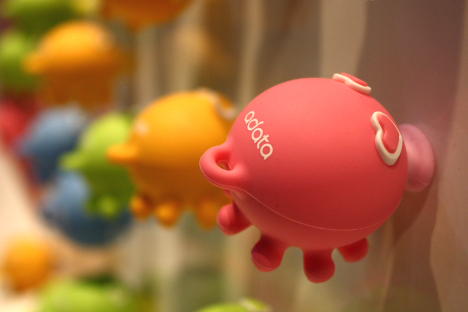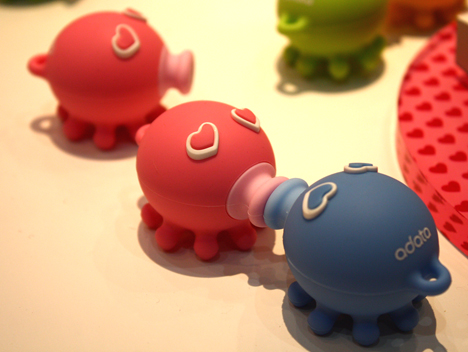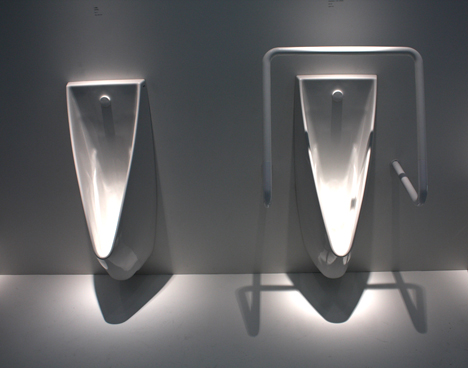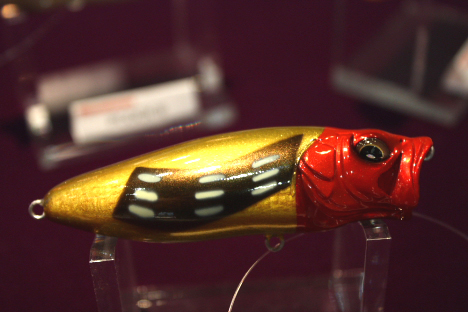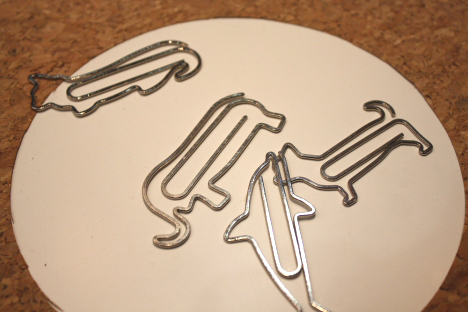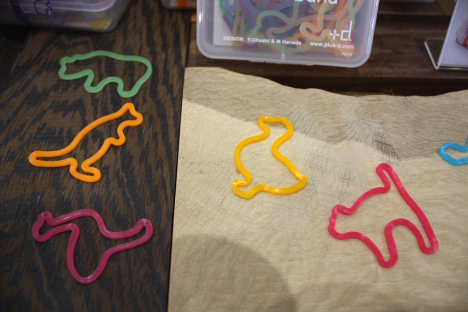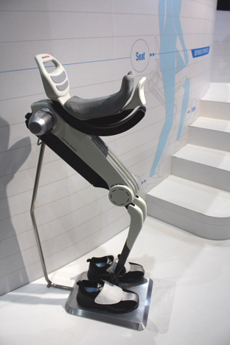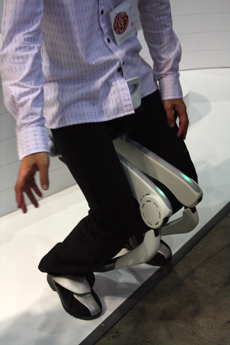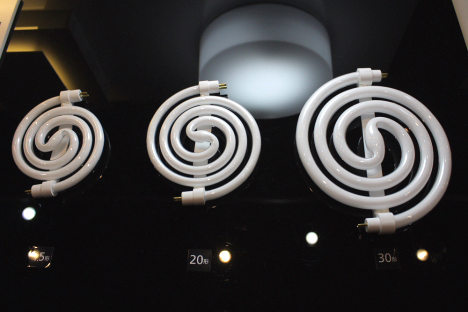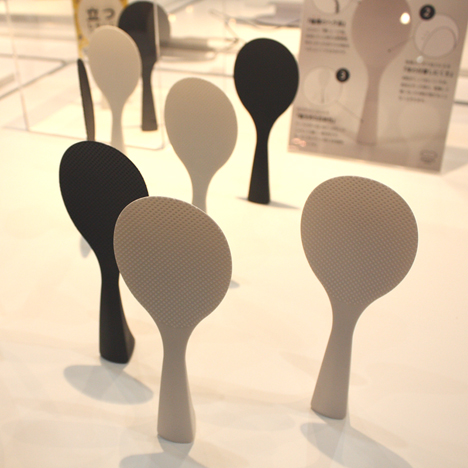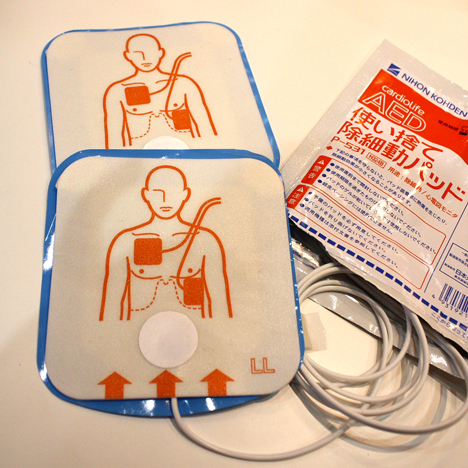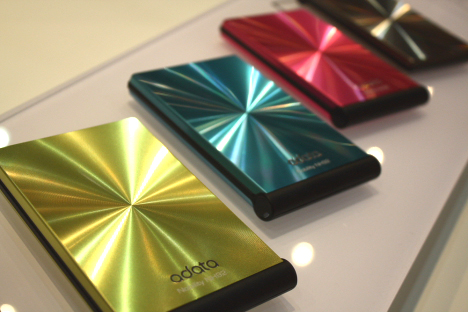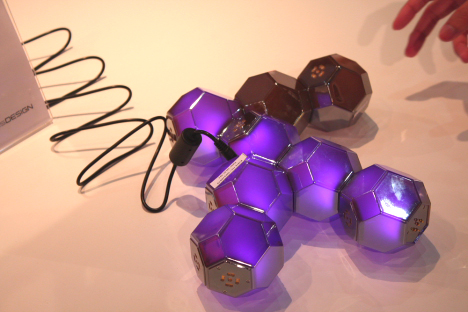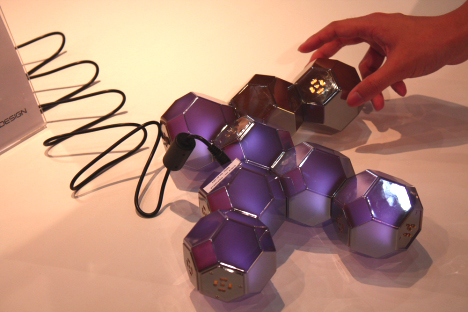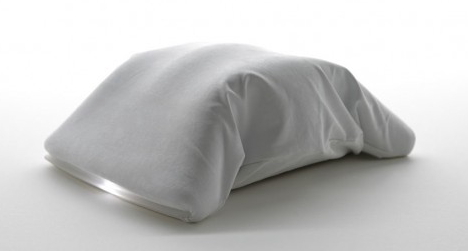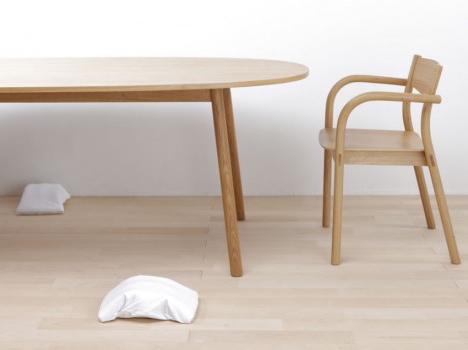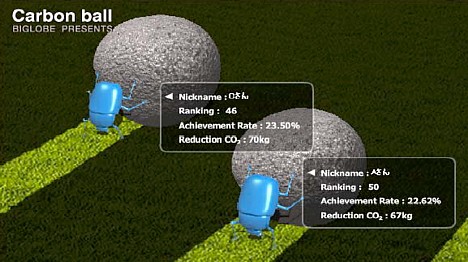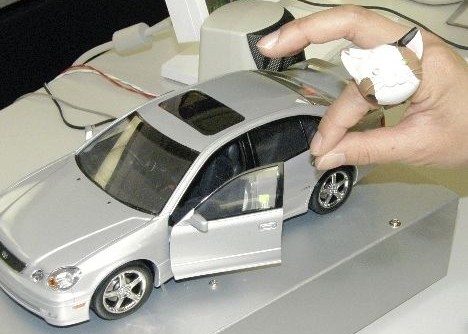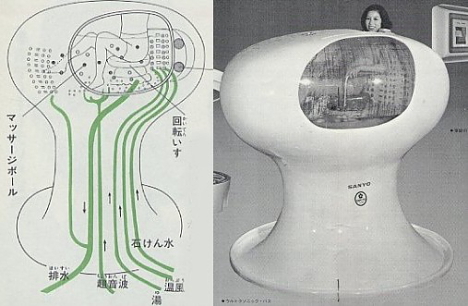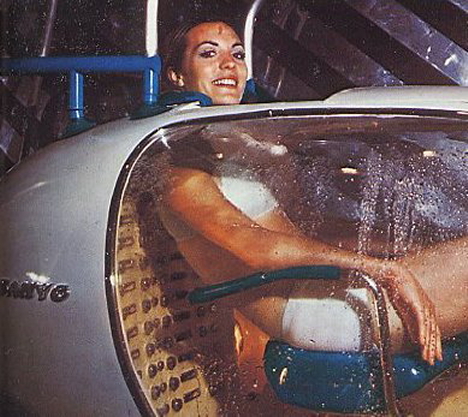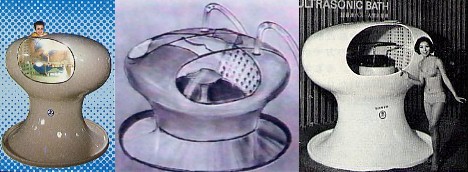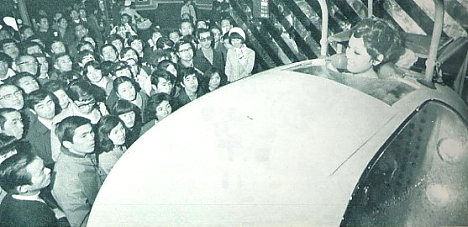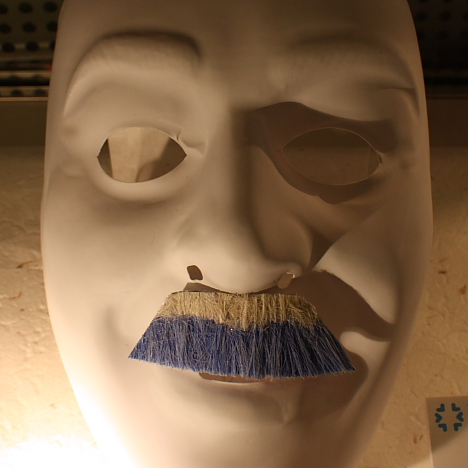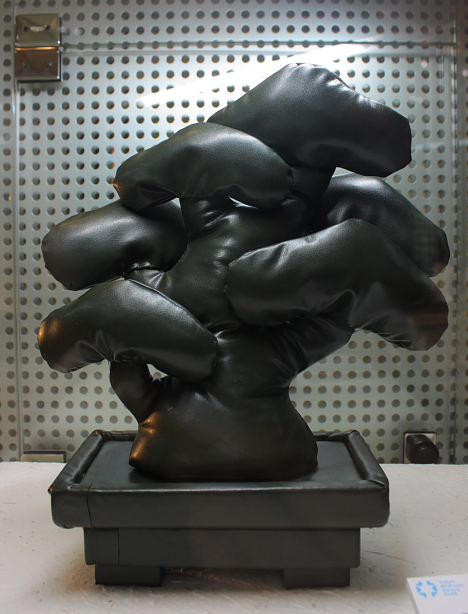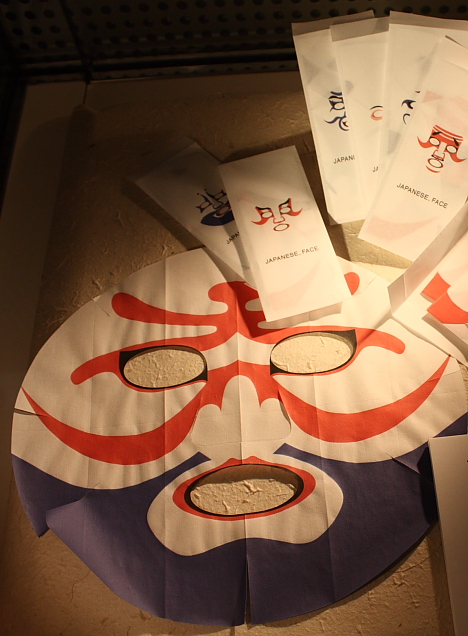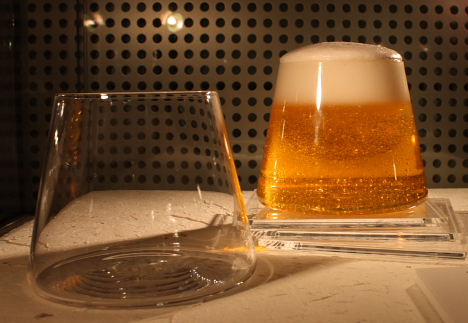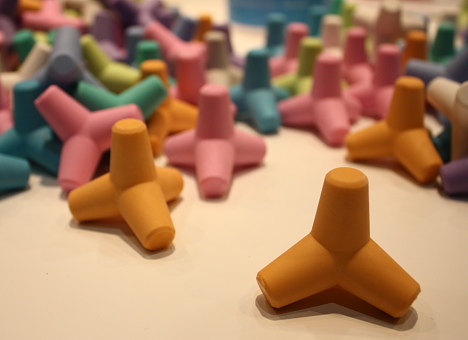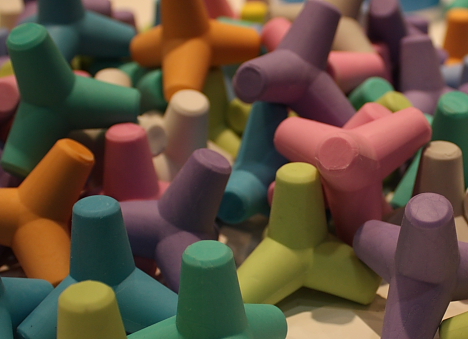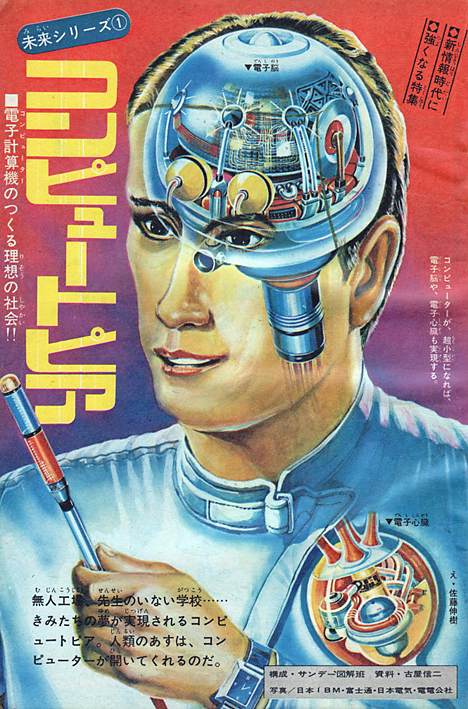 [+]
[+]
In 1969, Shōnen Sunday magazine featured a series of illustrated articles entitled "Computopia," which depicted life in a pleasant future pervaded by computers. Here are three illustrations from the series (1, 2, 3).
* * * * *
- Future Classroom
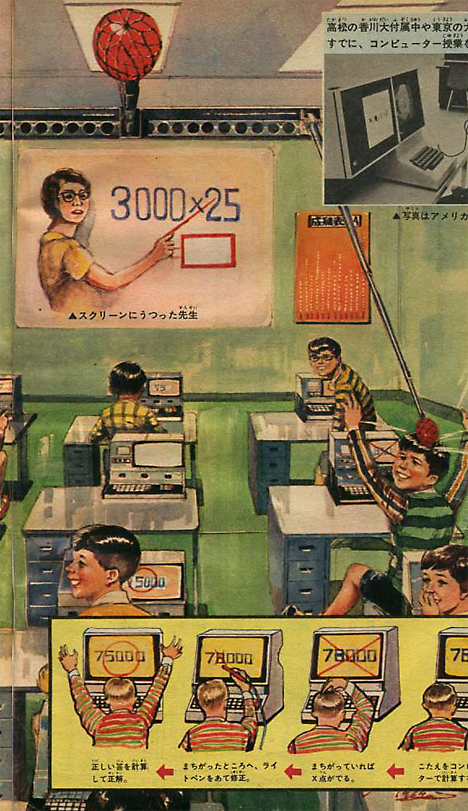
"The Rise of the Computerized School," illustrated by Shigeru Komatsuzaki, takes a peek inside the classroom of the future, where the teacher is an image on a screen and students sit at desks equipped with computers. When the teacher presents a problem, the students input the answer into their computers. If an answer is incorrect, the students use a light pen to make revisions on the monitor until the computer says it is right.
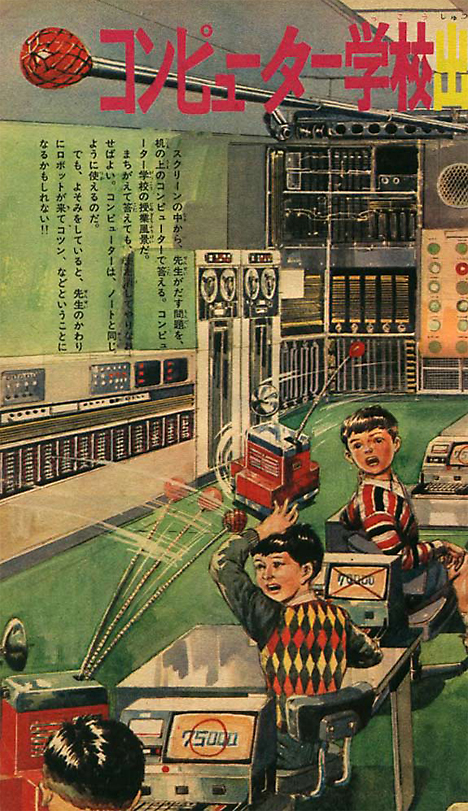
For the purpose of maintaining order, the future classroom will come equipped with watchful robots that rap students on the head if they lose focus or act up. [View full image]
* * * * *
- Future Home
This illustration by Toshio Okazaki, entitled "Computer Life in 20 Years," depicts what the typical household might look like 20 years in the future -- in 1989 -- after computers have become an integral part of daily life.
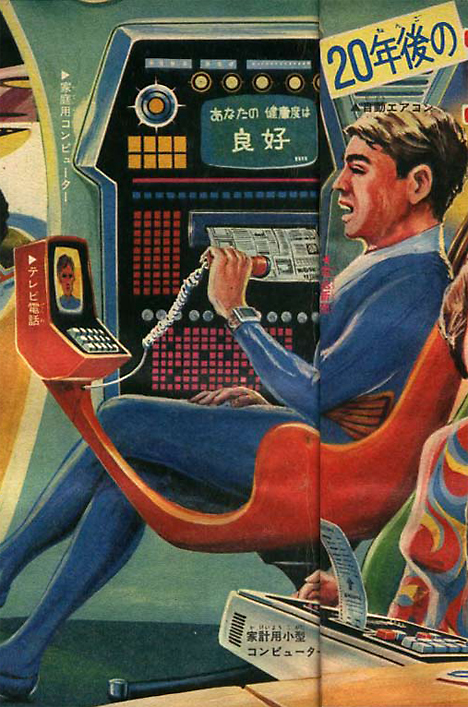
In this high-tech home, dad chats on the videophone while the wall-mounted home computer spits out a newspaper and the automatic air conditioner cools the room.
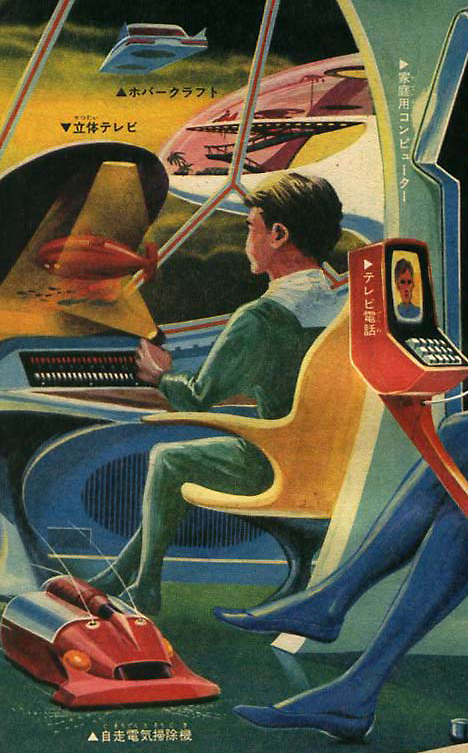
Junior's eyes are glued to the 3D TV while an autonomous vacuum robot cleans the floor nearby. A hovercraft floats in the sky outside the window.
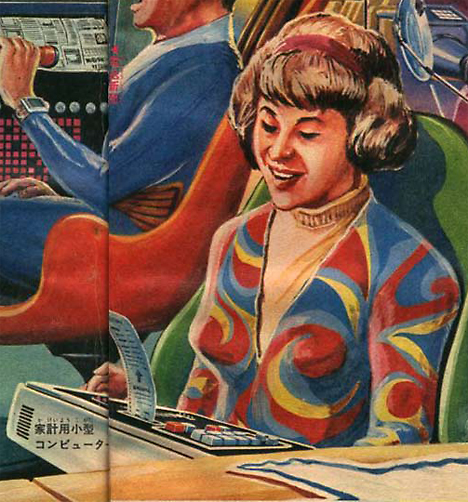
Mom performs calculations on a miniature home computer.
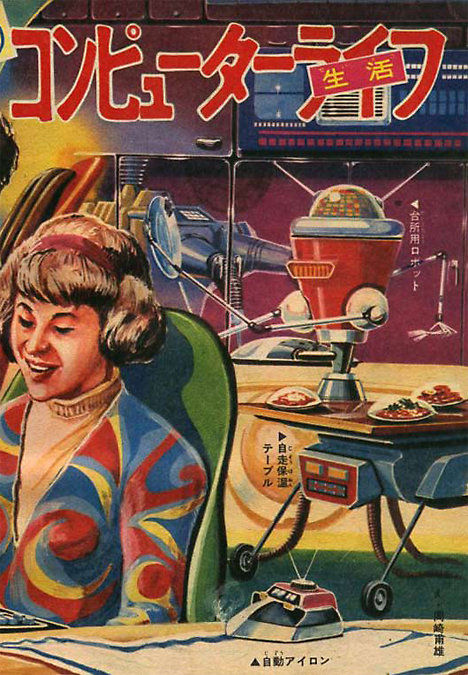
The home is also furnished with nifty devices such as an automatic iron, an autonomous wheeled table that keeps food warm, and a kitchen robot that sets the table and takes care of the dishes. [View full image]
* * * * *
- Future Hospital
"The Amazing Unmanned Operating Room," illustrated by Teruya Yamamoto, takes a peek inside the computerized hospital of the future.
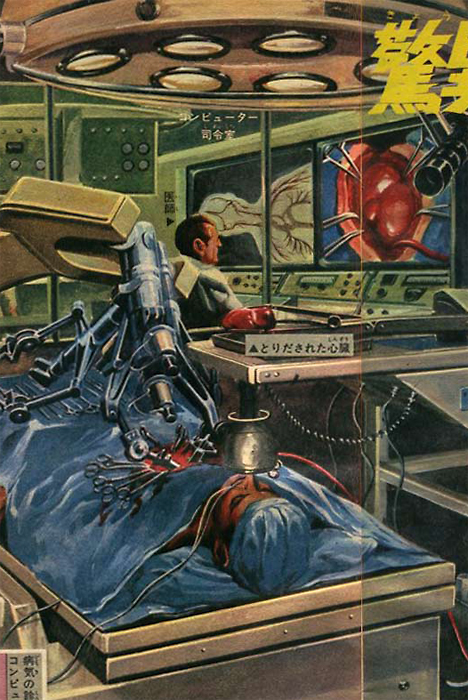
In this unmanned operating room, a computer-controlled robot arm is performing a heart transplant with cool precision. The patient's heart has been removed and placed on the adjacent table. Before inserting the new artificial heart, the computer waits for instructions from the human doctor, who is monitoring the procedure on a screen in the next room. [View full image]
[Via: 昭和の雑誌広告・懐かしモノ]

